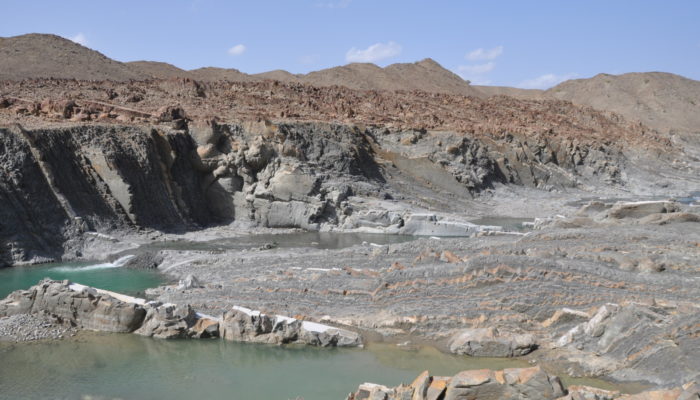Dahlen 1990‘s paper presents a synthesis of all theoretical work on accretionary wedges that had begun more than a decade earlier, with the fold and thrust belts research of Elliott (1976), Chapple (1978), and model by Davis et al., (1983). Dahlen expanded previous views with a more sophisticated treatment of pore-fluid pressure using volume-averaged Stokes-equations for both solids and flui ...[Read More]
TS Must-Read – Davis et al. (1983) Mechanics of Fold-and-Thrust Belts and Accretionary Wedges
The establishment of plate tectonics in the 1960s triggered a reappraisal of the development of mountain belts and facilitated the physics-based understanding of mountain building processes. Many models for mountain building were, however, mostly conceptual, and there was no appropriate theory that described the first-order mechanics of mountain belts. In 1983, this gap was – at least partially – ...[Read More]
The Makran accretionary wedge: an ideal natural laboratory to study accretionary processes.

How does an accretionary wedge form? For this edition of Minds over Methods, we have invited Jonas Ruh, lecturer in the Structural Geology and Tectonics group of the Geological Institute at the Department of Earth Sciences, ETH Zürich, to tell us about the Makran accretionary wedge, one of the largest on Earth. He explains how the use of field observations and numerical modelling helped him to bet ...[Read More]

